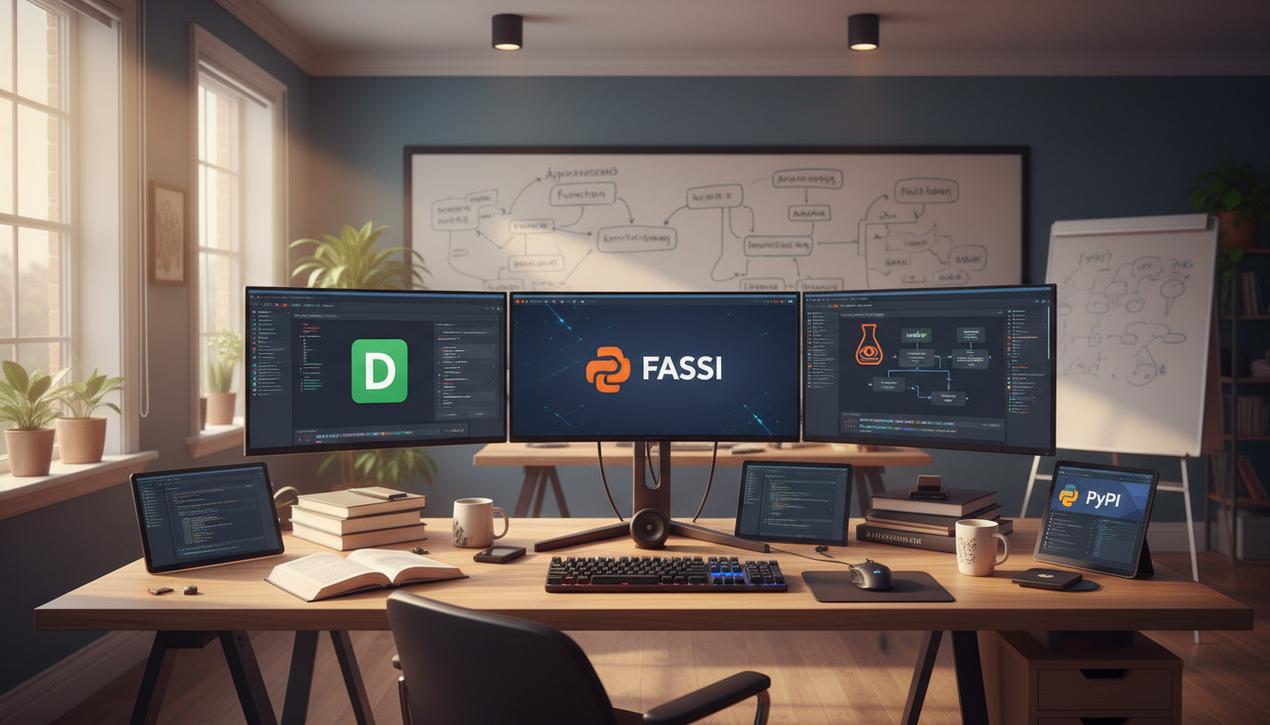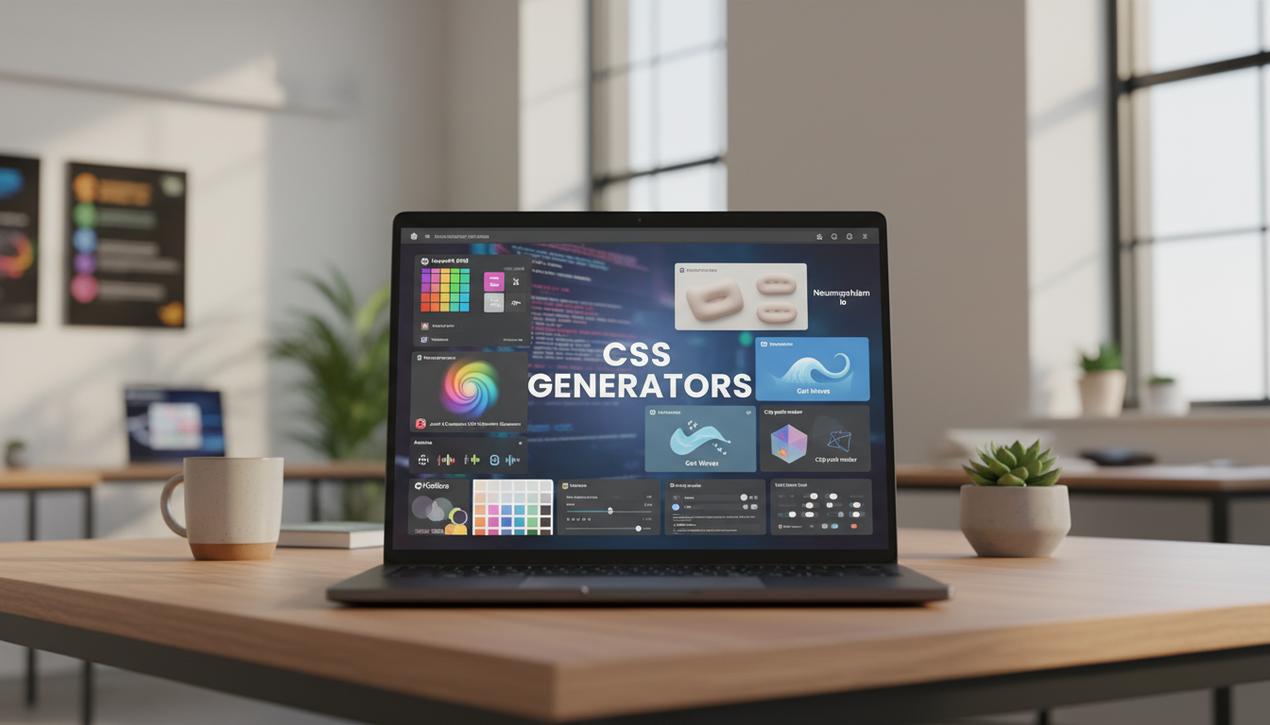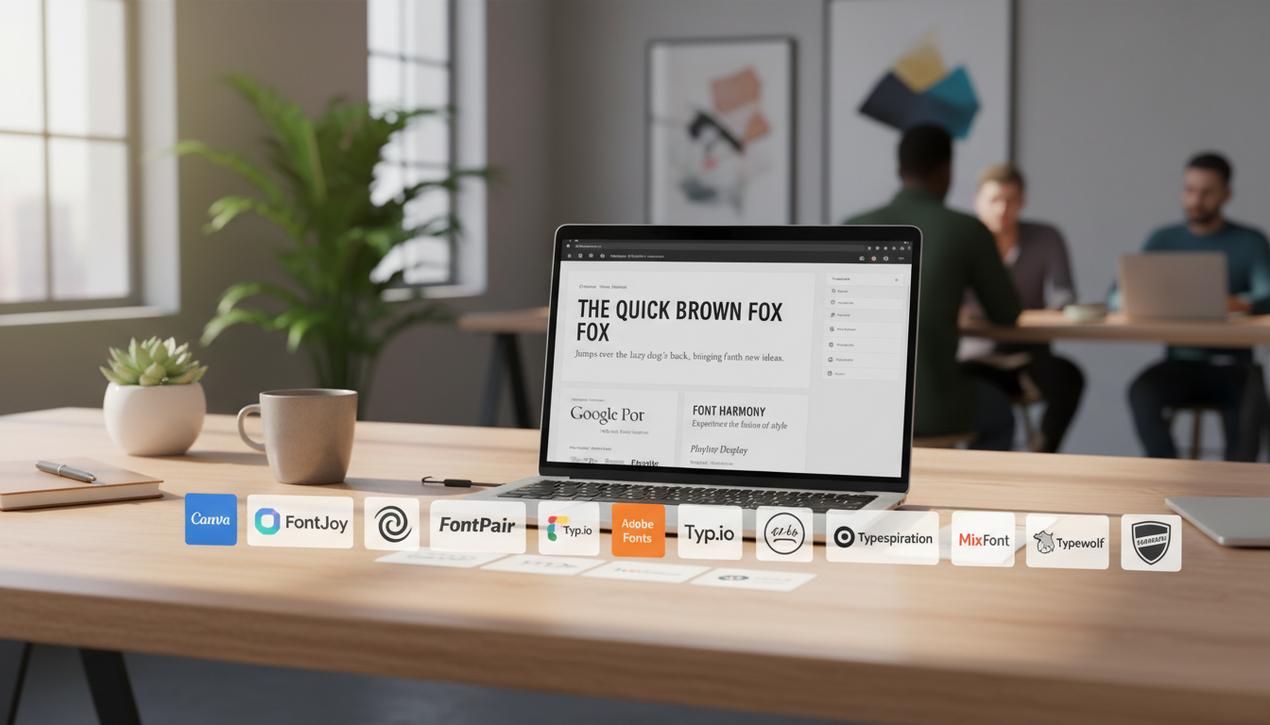Python Frameworks: The Complete Guide for 2025


In the world of web development, Python has established itself as a dominant force, prized for its simplicity, readability, and extraordinarily rich ecosystem. Developer surveys confirm it year after year: over 50% of professional developers use it regularly, making it the most sought-after language by employers. At the heart of this popularity are frameworks, the structured toolkits that boost productivity by automating repetitive tasks. They provide a solid architecture, allowing developers to focus on creating unique features rather than reinventing the wheel. In 2025, the Python framework landscape is more dynamic than ever, with established giants continuing to innovate and new challengers pushing the boundaries of performance, particularly with the rise of asynchronous programming. Whether you are a seasoned developer looking to optimize your workflow or a beginner aspiring to build robust applications, choosing the right framework is a strategic decision. This complete guide presents the best Python frameworks, analyzes their strengths, and helps you select the perfect tool for your ambitions.
Why Does Python Dominate Web Development?
Python’s popularity is no accident. It is built on a combination of factors that make it a top choice for a multitude of projects, from simple landing pages to complex streaming platforms and artificial intelligence systems. Its clear and concise syntax significantly reduces development time and simplifies code maintenance.
An Unmatched Ecosystem and Community
One of Python’s greatest assets is its vast and active global community. This community contributes to an ecosystem of over 300,000 libraries and packages via the Python Package Index (PyPI). Whether it’s for data manipulation (Pandas, NumPy), creating APIs (FastAPI, Django REST Framework), or machine learning (TensorFlow, PyTorch), there is a proven and well-documented solution available, which dramatically speeds up development.
Versatility and Scalability
Python is not limited to web development. It is the language of choice for data science, automation, scripting, and artificial intelligence, powering many of the top AI text generators. This versatility allows companies to standardize their tech stack and enables developers to transfer their skills across different domains. Tech giants like Instagram, Netflix, and Spotify use Python at a massive scale, proving its ability to handle millions of users and enormous volumes of data.
How to Choose the Right Python Framework for Your Project
Choosing a framework is not a trivial decision; it commits your project to a specific technological path. The decision should be guided by a pragmatic analysis of your needs and constraints. Here are the essential criteria to consider.
Project Size and Complexity
This is the most fundamental criterion. For a large-scale application with numerous features (user management, admin panel, interaction with multiple databases), a “full-stack” framework like Django is often the wisest choice. For smaller projects, such as a REST API, a microservice, or a simple website, a microframework like Flask or FastAPI offers more flexibility and less overhead.
Performance and Scalability Requirements
If your application needs to handle a high number of concurrent connections or intensive I/O operations (like real-time chat applications or heavily used APIs), performance is paramount. Modern asynchronous frameworks like FastAPI or Sanic, built on the ASGI standard, offer significantly better performance than traditional synchronous (WSGI) frameworks in these scenarios.
Learning Curve and Team Skills
A framework like Flask is known for its simplicity and quick learning curve, making it an excellent choice for beginners or for rapid prototyping. Django, while very powerful, is more “opinionated” (it imposes a certain way of doing things), and mastering it takes more time. Consider your team’s existing skills to minimize training time and maximize productivity.
Full-Stack Frameworks: All-in-One Solutions
Full-stack frameworks adopt a “batteries-included” approach. They provide an integrated solution for almost every need of a web application, from the database layer to rendering HTML templates, often paired with the top CSS frameworks for the frontend.
1. Django: The Indisputable Giant
Django is the most popular and mature Python framework. Created in 2005, it powers high-traffic websites. Its philosophy is “Don’t Repeat Yourself” (DRY). It includes by default a powerful ORM (Object-Relational Mapper), an automatically generated admin panel, a robust authentication system, and a secure architecture that simplifies tasks like fixing 404 errors correctly.
- Ideal for: Complex web applications, content management systems, e-commerce platforms, and projects requiring rapid and structured development.
- Key Features: Integrated ORM, auto-generated admin, top-tier security (CSRF, XSS protection), templating system, huge community, and exemplary documentation.
2. FastAPI: The New Star of APIs
Although often classified as a microframework, FastAPI has features that push it towards a full-stack solution for API development. Based on modern standards (OpenAPI, JSON Schema) and asynchronous programming (ASGI), it delivers exceptional performance. Its main innovation is the automatic generation of interactive documentation (Swagger UI, ReDoc), which drastically simplifies testing and integration.
- Ideal for: High-performance REST and GraphQL APIs, microservices, and backends for modern applications (React, Vue.js, mobile).
- Key Features: Extremely high performance, data validation based on Python type hints, dependency injection, automatic documentation, and native async support.
3. Pyramid: The Modular and Flexible Choice
Pyramid is a framework that strikes a balance between the freedom of a microframework and the features of a full-stack framework. It is designed to be minimal at first but easily scalable to projects of any size. It makes no assumptions about the database or template engine you will use, giving you full control.
- Ideal for: Developers who like to choose their components, applications that start small but need to grow, APIs, and medium-sized projects.
- Key Features: Flexible configuration, powerful routing, granular authentication and authorization, and extensibility via an add-on system.
4. TurboGears: The Component Aggregator
TurboGears was originally designed to combine the best components of other frameworks. It uses an MVC (Model-View-Controller) architecture and integrates tools like SQLAlchemy for the ORM and Kajiki for templates. It aims to make development fast and easy to maintain.
- Ideal for: Extensible, data-driven web applications and rapid prototyping of complex projects.
- Key Features: Multi-database support, command-line tools, and integration with JavaScript libraries.
Microframeworks: Lightweight and In Control
Microframeworks provide a minimalist core, leaving it to the developer to choose and add the libraries they need. They offer greater freedom but require more architectural decisions.
5. Flask: The Standard of Simplicity
Flask is the most popular microframework. It is lightweight, modular, and extremely easy to get started with. Its philosophy is to provide a simple but extensible core. It doesn’t impose a project structure or dependencies, making it a perfect choice for learning web development in Python.
- Ideal for: Small to medium-sized applications, REST APIs, prototypes, and as a base for projects where you want full control over the tech stack.
- Key Features: Built-in development server, fast debugger, support for secure cookies, WSGI compliance, and a vast ecosystem of extensions.
6. Sanic: The Asynchronous Speedster
Sanic is an asynchronous microframework designed for speed. Its syntax is very similar to Flask’s, which makes the transition easy for developers familiar with it. As a pioneer of the `async/await` approach in Python for the web, it can handle a very large number of concurrent connections with low latency.
- Ideal for: High-performance APIs, data streaming services, and real-time chat applications.
- Key Features: Exceptional performance, native async support, and a Flask-inspired syntax.
7. CherryPy: The Object-Oriented Approach
CherryPy is one of the oldest Python frameworks, but it remains relevant due to its unique approach. It allows you to build web applications in the same way you would build any other object-oriented program in Python. Each application is a standalone Python class with its own integrated multi-threaded web server.
- Ideal for: Developers who prefer a purely object-oriented approach and applications that need to be self-contained without relying on an external web server.
- Key Features: Built-in HTTP/1.1-compliant web server, a powerful configuration system, and a flexible plugin system.
8. Bottle: The Essence of Minimalism
Bottle takes the concept of a microframework to the extreme. It is distributed as a single file and has no dependencies other than the Python Standard Library. It is incredibly fast and easy to deploy.
- Ideal for: Very small applications (a few hundred lines of code), simple APIs, prototyping, and learning the basic concepts of web development.
- Key Features: Single-file distribution, no dependencies, and built-in routing, templating, and basic utilities.
Choosing a Python framework in 2025 is a luxury. The ecosystem offers unparalleled maturity and diversity, from comprehensive and robust solutions like Django to lightweight and ultra-performant tools like FastAPI and Sanic. The right decision lies not in finding the “best” framework in an absolute sense, but in selecting the one that best aligns with your project’s requirements, your team’s skills, and your performance goals. By understanding the trade-offs between full-stack and microframeworks, and by keeping an eye on trends like asynchronous programming, you will be well-equipped to build powerful, scalable, and maintainable web applications.




